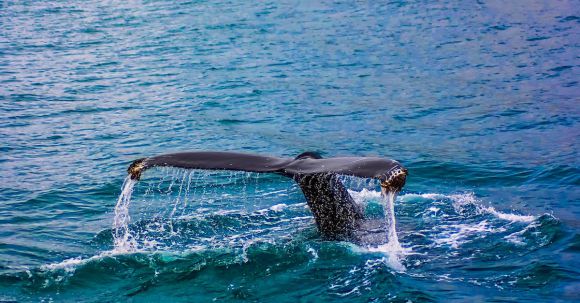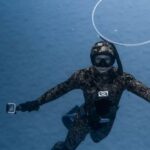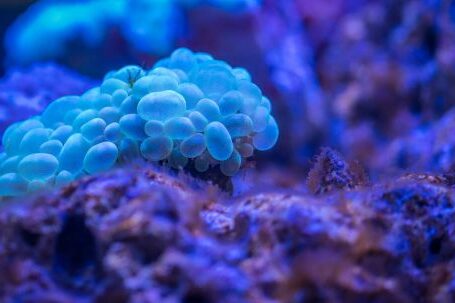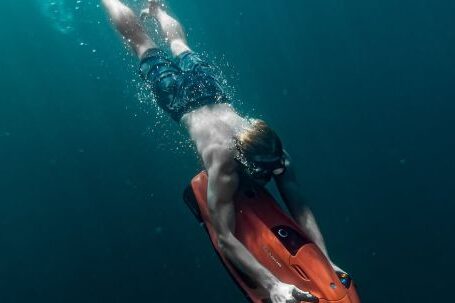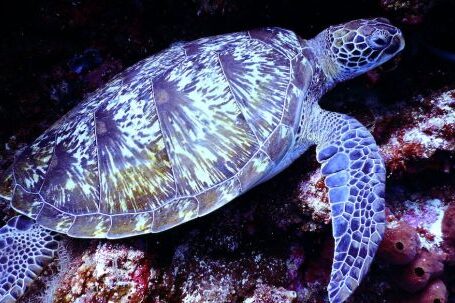Diving with underwater wildlife can be an exhilarating and awe-inspiring experience. The vibrant colors, graceful movements, and diverse species make for a truly unique encounter. However, it is important to remember that we are visitors in their world, and we must take the necessary precautions to ensure both our safety and the wellbeing of the marine creatures we encounter. Here are some guidelines to help you safely and responsibly dive with underwater wildlife.
Research and Choose Responsible Dive Operators
Before embarking on your diving adventure, it is crucial to research and choose a responsible dive operator. Look for operators who prioritize environmental conservation and adhere to sustainable diving practices. They should have knowledgeable guides who respect the marine life and enforce strict guidelines to ensure the safety of both divers and wildlife. Choose operators who limit the number of divers per group to minimize disturbance to the underwater ecosystem.
Practice Good Buoyancy Control
One of the most important skills to master when diving with underwater wildlife is buoyancy control. Maintaining neutral buoyancy allows you to hover effortlessly in the water, reducing the risk of accidentally bumping into or damaging delicate marine life. Practice proper buoyancy control techniques before your dive, and ensure that you are comfortable with your equipment and weights. This will help you avoid unintentional contact and enjoy a more immersive experience.
Observe from a Distance
Respecting the personal space of underwater wildlife is essential. While it may be tempting to get up close and personal, it is important to remember that many marine creatures are easily stressed and can be harmed by human interaction. Observe from a distance and resist the urge to touch or chase after animals. Use your camera or underwater photography equipment to capture the beauty of the underwater world without causing harm.
Avoid Flash Photography
Flash photography can startle and disorient marine life, especially those with sensitive eyes. It is best to avoid using flash when photographing underwater wildlife. Instead, rely on natural lighting or invest in underwater camera equipment that is designed to capture stunning images without the need for artificial lighting. This will help you capture incredible moments without causing unnecessary stress to the creatures you encounter.
Leave No Trace
When diving with underwater wildlife, it is crucial to leave no trace behind. This means refraining from touching, removing, or disturbing any natural elements or marine life. Resist the temptation to collect souvenirs, such as shells or coral, as doing so can disrupt the delicate balance of the ecosystem. Be mindful of your fins, as kicking up sediment can harm marine organisms and reduce visibility for both yourself and other divers.
Respect Protected Areas and Regulations
Many underwater habitats are protected areas with specific regulations in place to preserve the fragile ecosystem. Educate yourself about the local regulations before diving and respect them at all times. These regulations may include no-touch policies, restricted areas, or specific guidelines for interacting with certain species. By following these regulations, you can contribute to the conservation efforts and help preserve these magnificent habitats for future generations.
In conclusion, diving with underwater wildlife is a privilege that comes with great responsibility. By researching and choosing responsible dive operators, practicing good buoyancy control, observing from a distance, avoiding flash photography, leaving no trace, and respecting protected areas and regulations, we can ensure a safe and respectful experience for both ourselves and the marine life we encounter. Let us remember to be mindful and appreciative of the incredible underwater world, and strive to be responsible stewards of its conservation.
